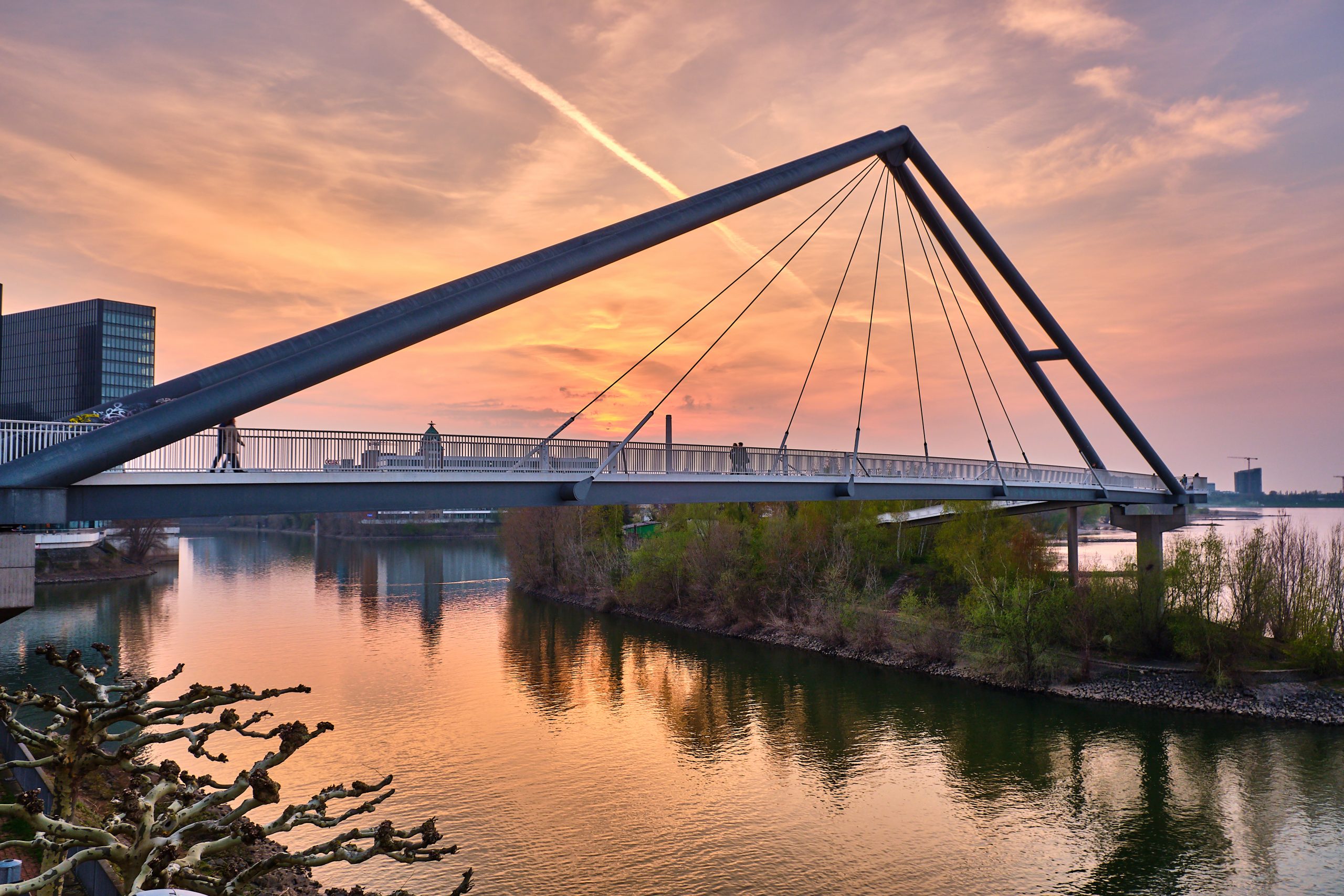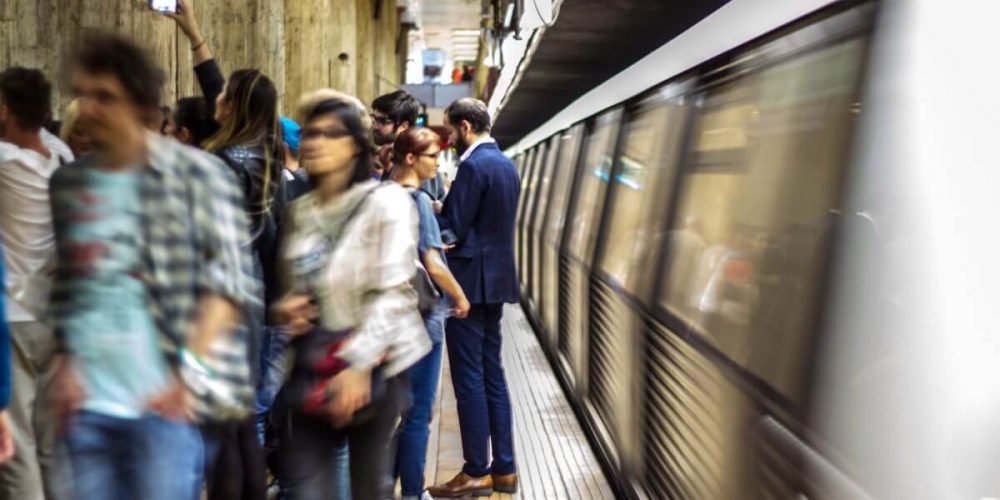Urban resilience: how ready is your city for a crisis?
The future is urban but is it safe in the long-term? As cities look to bolster their infrastructure against a rising tide of natural disasters, the concept of urban resilience is growing in popularity. We look at what builds effective urban resilience, protecting lives and quality of life.

By 2050, 70% of the world’s population will live in cities so we really need to get city living right. A great deal of innovation and expertise has been poured into ideas for sustainable urban living, smart cities, and even happy cities. What needs to be added into the mix is the resilient city. Without urban resilience, nothing else flourishes. Urban decision-maers are seeking guidance on how to mitigate risk through a holistic reliance strategy. We look at some of the actions taken to implement urban resilience.
A resilient city is a future-ready city
According to the UN¹, the average annual loss from natural disasters in cities is estimated at over 250 billion USD. And that’s just the economic toll; the human toll may be immeasurable. Cities can do more to protect residents by supporting a robust physical and social infrastructure, in other words, by building urban resilience.
Urban resilience means the ability of urban systems to maintain stability through any trauma or stress and thus save lives and property. It includes planning for hazards, but also the flexibility to adapt to changing conditions. A good urban resilience plan adopts a multi-disciplinary approach.

Intelligent, diversified urban planning
When we think of a resilient city, many of us think of bridges, levees, or big infrastructure projects to “strengthen” a city. Yet, resilience also stems from an ability to adapt and bounce back, so sometimes, smaller is better. Holistic resilience plans will link up several smaller-scale solutions and safety measures into a coherent whole.
Public-private partnerships can work together here to dovetail new approaches. For example, municipalities are exploring nature-based planning in the form of greened rooftops, “sponge” sidewalks, and climate-proof landscaping, while builders are turning more to multi-use structures and adaptable materials that withstand extreme climatic situations.
Manufacturers in the building industry are bringing out innovations that put people’s safety first. An interesting example: the Rottweil Test Tower for elevators in Germany. It uses an active mass damper to simulate earthquakes. This expertise was put into the 181 Fremont Tower in San Francisco – the first building where you can use the elevator as an emergency exit to facilitate a faster and more efficient evacuation.


Smart, digitalized utilities
Disasters commonly threaten energy supplies. Low-carbon cities that draw on sustainable and diverse methods of energy production are more adaptable and thus more resilient. Decentralized smart energy grids and alternative means of producing energy, like harnessing kinetic energy from sidewalks, are increasingly being explored.
Optimized water sanitation systems can also boost urban resilience when it comes to public health. Highly dense populations allow communicable diseases to flourish. Governments can utilize digital technologies to create a sanitation management dashboard that tracks the indicators and factors that frequently lead to water-borne epidemics.
Equal access for all
Social equity also contributes to urban resilience and means all citizens have equal access to a city’s systems. Residents of isolated city boroughs, which are frequently poorer, often experience difficulties signing up for the most basic services. Digital technology can make a difference here.
Urban apps and social platforms help all citizens be heard, as well as keep on top of emergency alerts and updates. Open data helps public officials make evidence-based decisions that serve all citizens and is improving how they share information, deliver services, and monitor outcomes.

Highly networked public transportation
Most importantly, cities need a sustainable urban public transportation system. A resilient system offers multiple avenues of mobility, and not just motorized, but also a broad offering for bike and pedestrian traffic. Of course, easy access to services is paramount.
A resilient transport system ensures easy usage via options ranging from digital ticketing and online navigation to urban mobility innovations. Cities like Medellín, Colombia, and La Paz, Bolivia have now linked once marginalized neighborhoods to the city center using cable car systems. Other cities increasingly adopt smart mobility solutions not only for easier access but to avoid bottlenecks and crowding.
Together we are more resilient
An intelligent and robust built infrastructure is naturally good but equally important is a strong social structure. Residents need to be given the means and training to help one another in times of crisis. Sometimes it’s not even an immediate crisis but something over the long-term, like caring for an increasingly elderly population. A city that works together is stronger.
A resilient future
As populations increasingly become urban, they also become more vulnerable to stresses. Today’s cities need to be smart, green, people-friendly…and resilient. So urban resilience will continue to be a key goal not only among emergency response teams but also among architects, urban planners, engineers, and even social workers – all working together towards holistic solutions.
Sources
UN report finds 90 per cent of disasters are weather, via United Nations
Image Credits
Metro Platform, picture by Voicu Horațiu, taken from unsplash.com

